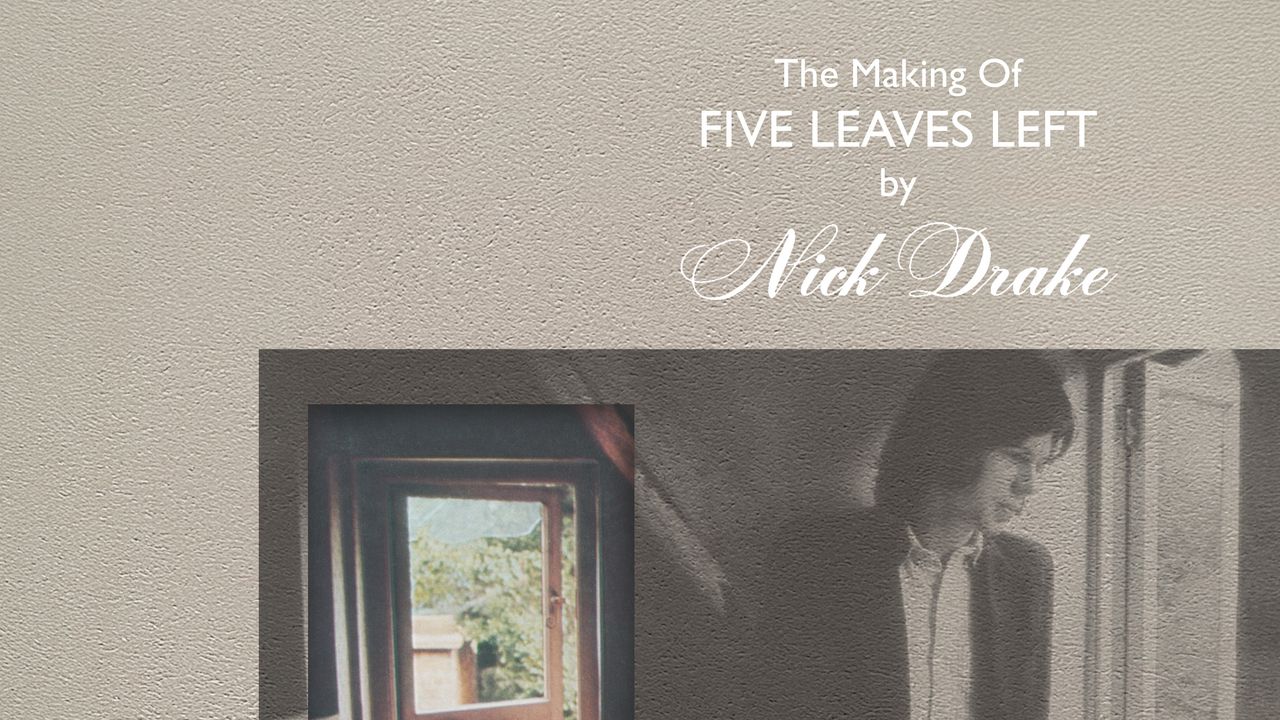Nick Drake was beautiful. From a distance, perhaps when he was strolling down some seashore huddled beneath an oversized overcoat or leaning against a brick wall as the still witness to an endlessly busy world, his lithe body always seemed to curl slightly, suggesting a 6’3” question mark and the mystery such embodied punctuation entailed. Up close, though, his features thickened, summoning a noble Jim Morrison; in Drake, the harsh features of the angular American brute had a softness and sullenness, his deep-set eyes offering invitations to get lost in darkness for a while, maybe forever.
Of course it made sense, then, to transform the gentle-voiced teenager into a pop star, to chase the vapors of recent American and British folk revivals and position him within the contemporary rise of nascent folk-rock. Who could he not have charmed? In the late ’60s, when Drake was nominally studying English at Cambridge, his ambition temporarily overpowered his shyness, allowing him to network with a little coterie—producer Joe Boyd, Island Records founder Chris Blackwell, friend and upstart string arranger Robert Kirby—who seemed to believe he could be a star, too. They made Five Leaves Left.
However staggering its songs about death, self-doubt, pain, and occasional sublimation remain, 1969’s Five Leaves Left has forever suffered from its grand designs. A masterful acoustic guitarist whose understanding of counterpoint allowed him to elicit a little orchestra from six strings, Drake gave in to the common idea that his first album should be enormous or have, as he put it in one dorm-room demo, “as expansive a sound as possible.” A string section with four violas, a conga player who knew nothing of restraint, a Richard Thompson electric lead that refuses to pause for breath: Five Leaves Left is an unnecessarily overstuffed treasure chest, everyone around Drake crowding a sensitive soul who didn’t yet possess the ability or desire to say no.
The Making of Five Leaves Left is the rare deluxe box set that offers little in the way of revelatory unearthed songs but instead holds a trove of uncluttered renditions of its classics, before Rocky Dzidzornu cut in with his congas or Kirby with his classical mannerism. The result of a decade-long descent into an archive that Universal Music had been uncertain still existed, The Making combines 32 meticulously selected demos and discarded takes with the album’s final form, last remastered in 2000. Hearing the sequence in full reinforces what Drake, and subsequently the listening world, seemed to discover three years later on Pink Moon: He never needed more than a guitar, a piano, and that voice that felt like a permanent sunset to become a star, even if that happened long after he died.
